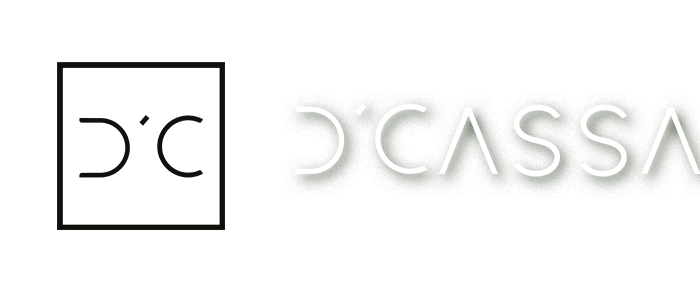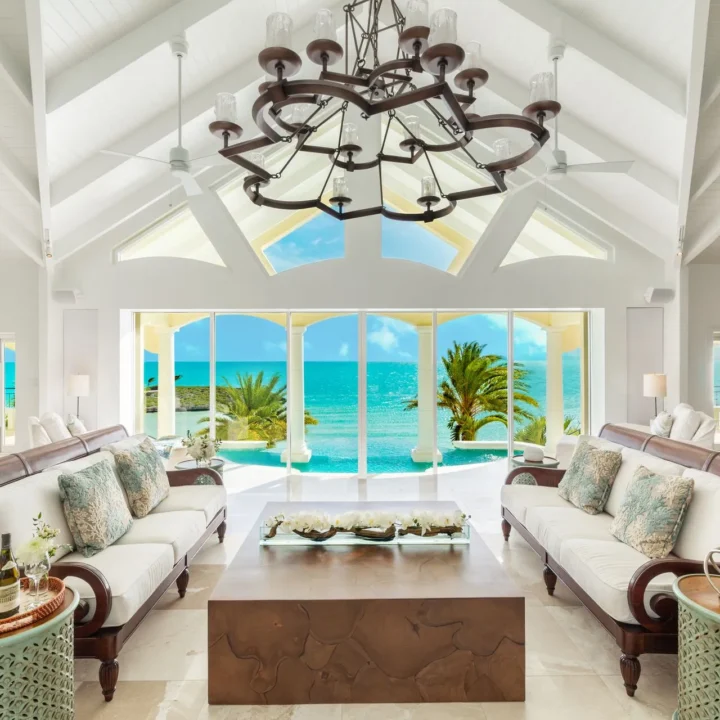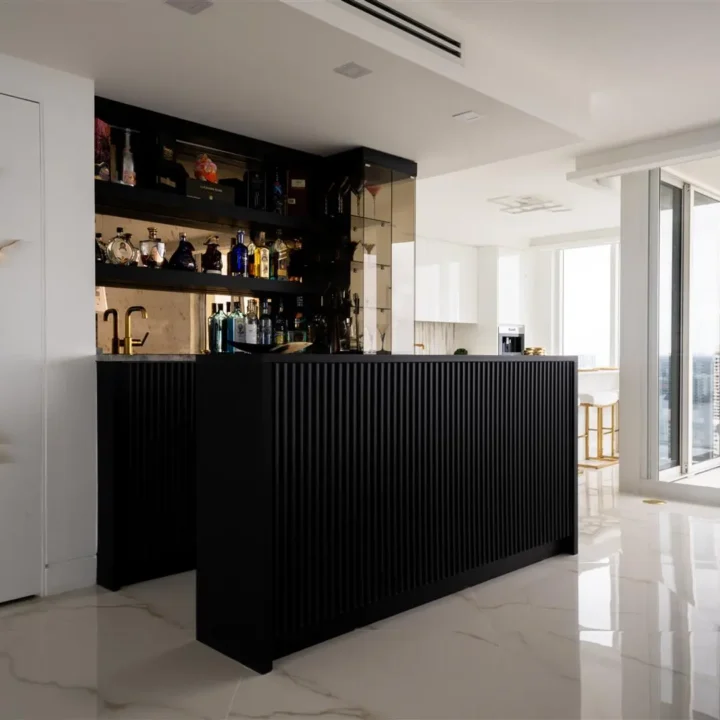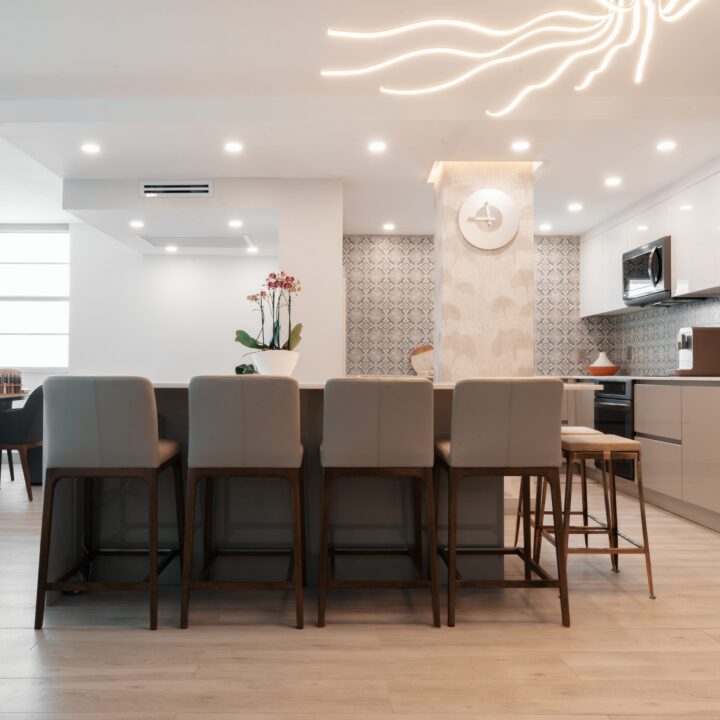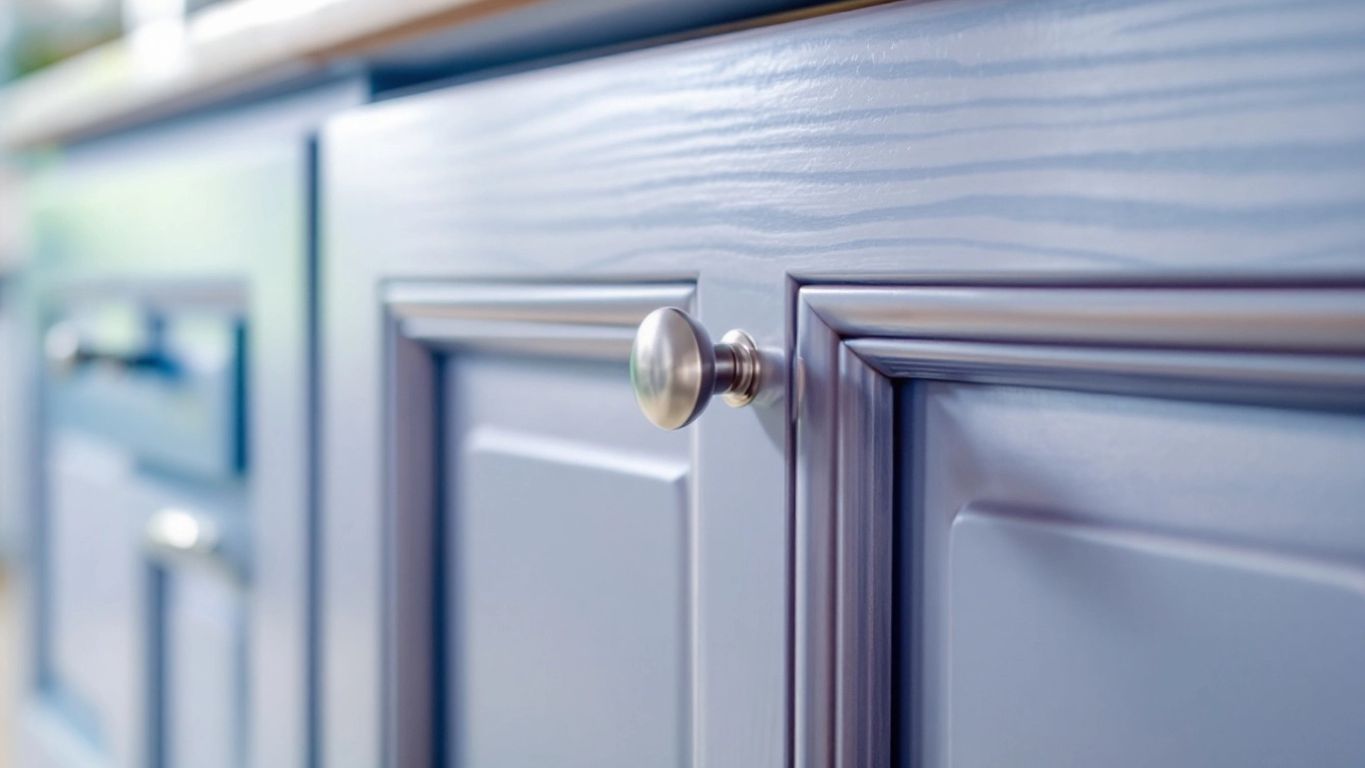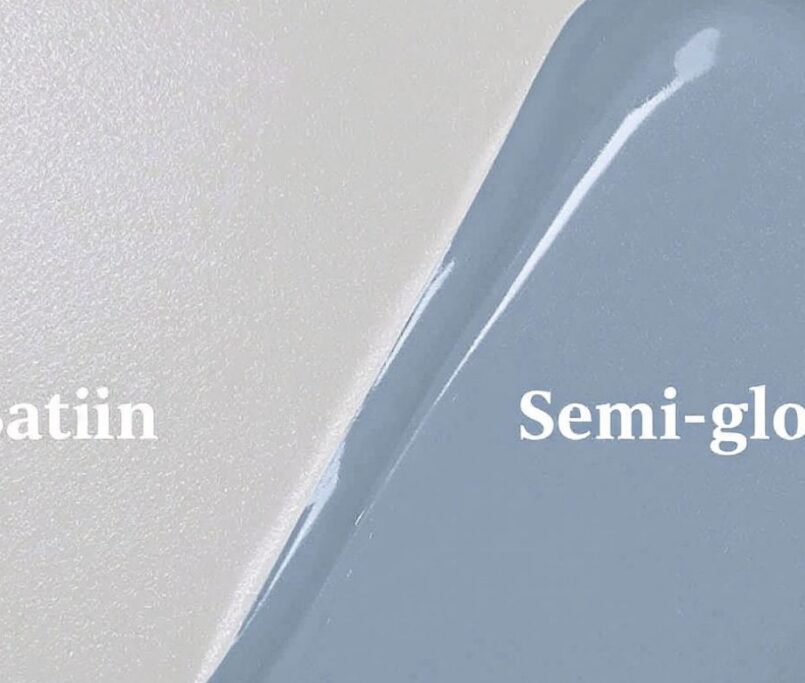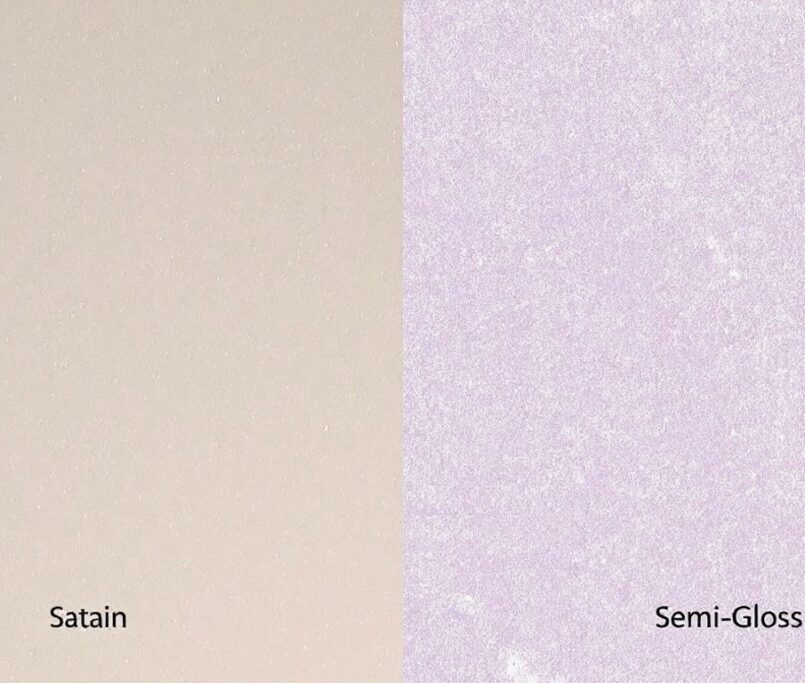Lacquer paint is a popular choice for giving kitchen cabinets a stunning, shiny finish. This type of paint not only enhances the beauty of your kitchen but also provides a durable protective layer. In this article, we will explore what lacquer paint is, its benefits, how to apply it, and how to maintain lacquered cabinets to keep them looking brand new.
Key Takeaways
- Lacquer paint creates a glossy finish that brightens up kitchen cabinets.
- It is durable and can last for many years with proper care.
- Lacquer is easy to clean, making it ideal for busy kitchens.
- Applying lacquer requires specific techniques for the best results.
- Regular maintenance helps prevent scratches and keeps the cabinets shiny.
Understanding Lacquer Paint
Definition and Composition
Lacquer paint is a type of finish that creates a smooth and glossy surface on various materials, especially wood. It is made from a combination of cellulose and resin, which gives it a thick and durable quality. This paint dries quickly through solvent evaporation, making it a popular choice for kitchen cabinets and furniture.
Types of Lacquer Finishes
There are several types of lacquer finishes available, including:
- High-gloss: Offers a shiny and reflective surface.
- Satin: Provides a soft sheen that is less reflective.
- Matte: Gives a flat finish with no shine, ideal for a more understated look.
How Lacquer Paint Differs from Other Paints
Lacquer paint stands out from other types of paint in several ways:
- Quick drying: Unlike oil-based paints, lacquer dries rapidly, allowing for faster project completion.
- Durability: Lacquer creates a hard, protective layer that resists scratches and moisture.
- Finish options: It offers a variety of finishes, from glossy to matte, catering to different design preferences.
Lacquer paint can transform your kitchen cabinets, giving them a brand new shine and a luxurious look. For instance, the Eulalia kitchen project showcases a luxurious full matte lacquer finish, emphasizing minimalist design with hidden handles for a seamless look.
By understanding lacquer paint, you can make informed choices for your kitchen renovation, ensuring a beautiful and lasting finish.
Benefits of Using Lacquer Paint in Your Kitchen
Lacquer paint is a fantastic choice for your kitchen cabinets, offering several advantages that can enhance both the look and functionality of your space. Here are some key benefits:
Aesthetic Appeal
- Lacquered cabinets provide a sleek and shiny finish that can make your kitchen look modern and elegant. The glossy surface reflects light, making the space feel brighter and more inviting.
- Available in various colors, lacquer allows for endless design possibilities, ensuring that your kitchen can match your personal style.
- The smooth finish of lacquered cabinets can highlight the beauty of the wood grain, adding depth and character to your kitchen.
Durability and Longevity
- Lacquer paint creates a tough protective layer that helps prevent chipping and flaking, making it more durable than many other finishes.
- With proper care, lacquered cabinets can last for many years, maintaining their beauty and functionality.
- The finish is resistant to moisture and stains, which is essential in a kitchen environment where spills are common.
Ease of Cleaning and Maintenance
- The non-porous surface of lacquered cabinets makes them easy to wipe down and keep clean, requiring minimal effort to maintain their shine.
- Regular cleaning can help prevent buildup of dirt and grease, ensuring your cabinets always look their best.
- If scratches or dents occur, recoating is a simple process that can restore the original appearance of your cabinets.
Lacquer paint not only enhances the beauty of your kitchen but also provides a practical solution for everyday wear and tear. It’s a smart investment for any homeowner looking to elevate their kitchen’s aesthetic.
In summary, lacquer paint offers a combination of beauty, durability, and ease of maintenance, making it an excellent choice for kitchen cabinets. Whether you’re planning a complete renovation or just a refresh, lacquer can give your kitchen that brand new shine you desire.
How to Apply Lacquer Paint to Kitchen Cabinets
Applying lacquer paint to your kitchen cabinets can transform their look and give them a brand new shine. Here’s how to do it effectively:
Preparation Steps
- Clean the Cabinets: Start by removing any dirt or grease from the cabinets. Use a mild cleaner and a soft cloth.
- Sand the Surface: Lightly sand the cabinets to create a smooth surface for the lacquer to adhere to. Use fine-grit sandpaper.
- Remove Dust: After sanding, wipe down the cabinets with a damp cloth to remove any dust particles.
Application Techniques
- Use a Spray Gun: For the best finish, use a spray gun to apply the lacquer. This method helps avoid brush strokes and gives a smooth finish.
- Apply Thin Coats: Apply multiple thin coats rather than one thick coat. This helps prevent runs and drips.
- Allow Drying Time: Let each coat dry completely before applying the next one. This usually takes about 30 minutes to an hour.
Drying and Curing Process
- Initial Drying: After the final coat, allow the cabinets to dry for at least 24 hours before using them.
- Curing Time: Full curing can take up to a week. During this time, avoid placing items on the cabinets to ensure a hard finish.
Tip: Always work in a well-ventilated area to avoid inhaling fumes from the lacquer.
By following these steps, you can achieve a stunning finish on your kitchen cabinets that enhances their beauty and durability. Whether you’re updating your kitchen or starting fresh, lacquer paint is a fantastic choice for a high-gloss look that lasts.
Comparing Lacquer Paint to Other Finishes

Lacquer vs. Varnish
Lacquer and varnish are both popular finishes, but they have some key differences:
- Lacquer dries quickly and provides a hard, glossy finish.
- Varnish takes longer to dry and is more flexible, making it less likely to crack.
- Lacquer is often used for a sleek, modern look, while varnish is better for a more traditional finish.
Lacquer vs. Shellac
Shellac is another finish that is sometimes compared to lacquer:
- Shellac is made from natural materials and is less durable than lacquer.
- It can be damaged by water and alcohol, while lacquer is more resistant.
- Lacquer offers a wider range of colors and finishes compared to shellac.
Lacquer vs. Polyurethane
Polyurethane is a common choice for protecting wood surfaces:
- Polyurethane is very durable and resistant to scratches and heat.
- It takes longer to dry than lacquer and can be more difficult to apply evenly.
- Lacquer provides a smoother finish, while polyurethane can sometimes appear thicker.
| Feature | Lacquer | Varnish | Shellac | Polyurethane |
|---|---|---|---|---|
| Drying Time | Fast | Slow | Moderate | Slow |
| Durability | Moderate | Moderate | Low | High |
| Gloss Level | High | Variable | Low to Medium | Variable |
| Water Resistance | Good | Moderate | Poor | Excellent |
Lacquer paint is a versatile option that can give your kitchen a brand new shine while offering various finishes to suit your style. It’s important to choose the right finish based on your needs and preferences, as each has its own unique characteristics and benefits.
Maintaining and Caring for Lacquered Kitchen Cabinets
Regular Cleaning Tips
To keep your lacquered kitchen cabinets looking their best, follow these cleaning tips:
- Use a soft cloth: Always use a microfiber or soft cloth to avoid scratching the surface.
- Gentle cleaners: Opt for mild soap and water or a cleaner specifically designed for lacquer finishes.
- Avoid harsh chemicals: Stay away from abrasive cleaners or solvents that can damage the lacquer.
Handling Scratches and Dents
If you notice scratches or dents on your lacquered cabinets, here’s how to address them:
- Assess the damage: Check if the scratch is deep or just on the surface.
- Use a touch-up pen: For minor scratches, a lacquer touch-up pen can help blend the area.
- Recoat if necessary: If the damage is significant, consider applying a new coat of lacquer to restore the finish.
When to Recoat Your Cabinets
To maintain the shine and protect your cabinets, keep an eye on the following:
- Inspect monthly: Check areas around the sink, stove, and appliances for wear.
- Recoat every few years: Depending on usage, you may need to recoat every 3-5 years to keep them looking fresh.
- Watch for yellowing: If you notice any yellowing, it’s time to recoat to restore the original color.
Regular maintenance is key to preserving the beauty of your lacquered cabinets. Keeping them clean and addressing issues promptly will ensure they remain a stunning feature in your kitchen.
In summary, maintaining lacquered kitchen cabinets involves regular cleaning, prompt handling of scratches, and timely recoating. By following these steps, you can enjoy the elegance and durability of your cabinets for years to come. Remember, a well-maintained cabinet can transform your kitchen, just like the custom-designed kitchen at the Miami Lakes Residence that showcases a blend of wood textures and off-white finishes.
Design Ideas for Lacquered Kitchen Cabinets

Color Options and Combinations
When it comes to lacquered kitchen cabinets, color choices can transform your space. Here are some popular combinations:
- Navy and White: This pairing creates a balanced look, with navy cabinets serving as a statement piece.
- Emerald Green: This rich color brings a touch of nature indoors, making your kitchen feel fresh and vibrant.
- Black and White: A classic combination that never goes out of style, adding elegance and sophistication.
Incorporating Glossy and Matte Finishes
Mixing finishes can add depth to your kitchen design. Consider these ideas:
- Glossy Upper Cabinets: Use high-gloss lacquer for upper cabinets to reflect light and make the space feel larger.
- Matte Lower Cabinets: Pair glossy upper cabinets with matte lower ones for a modern contrast.
- Accent Pieces: Use a matte finish for an island or a few cabinets to create a focal point.
Modern and Traditional Design Inspirations
Lacquered cabinets can fit into various design styles. Here are some inspirations:
- Modern: Opt for sleek lines and bold colors, like a bright red island with white cabinets.
- Traditional: Choose softer colors and classic hardware to create a warm, inviting atmosphere.
- Transitional: Combine elements from both styles, such as a mix of matte and glossy finishes with neutral colors.
Lacquered cabinets not only enhance the beauty of your kitchen but also provide a durable surface that can withstand daily use. With the right design choices, you can achieve a stunning look that reflects your personal style.
Common Issues with Lacquer Paint and How to Solve Them
Lacquer paint can give your kitchen a beautiful finish, but it can also come with some challenges. Here are some common issues you might face and how to fix them.
Avoiding Blotches and Streaks
- Preparation is key: Make sure to clean the surface thoroughly before applying lacquer. Dust and grease can cause blotches.
- Use a high-quality brush or spray gun to apply the lacquer evenly.
- Apply thin coats and allow each layer to dry completely before adding another.
Preventing Yellowing Over Time
- Choose a high-quality lacquer that is resistant to yellowing. Some lacquers are specially formulated to stay clear longer.
- Keep your kitchen well-ventilated to reduce heat and humidity, which can contribute to yellowing.
- Regularly inspect your cabinets and consider recoating them if you notice any discoloration.
Fixing Surface Imperfections
- If you notice scratches or dents, lightly sand the area with fine-grit sandpaper.
- Clean the area and apply a new coat of lacquer to blend it in.
- For deeper scratches, you may need to fill them with wood filler before sanding and recoating.
Remember: Regular maintenance can help keep your lacquered cabinets looking fresh and new. Inspect them often and address any issues promptly to maintain their shine and beauty.
Lacquer paint can sometimes cause problems, but don’t worry! We’re here to help you fix those issues. If you want to learn more about how to tackle common lacquer paint problems, visit our website for tips and solutions. Let’s make your painting project a success!
Final Thoughts on Lacquer Paint for Your Kitchen
In conclusion, lacquer paint is a fantastic choice for giving your kitchen a fresh and shiny look. It not only makes your cabinets look beautiful but also protects them from wear and tear. With its smooth and glossy finish, lacquer can brighten up your kitchen and make it feel new again. While it may require some care to keep it looking its best, the results are worth it. So, if you’re looking to update your kitchen without a full remodel, consider using lacquer paint to achieve that stunning shine!
Frequently Asked Questions
What is lacquer paint and what is it made of?
Lacquer paint is a type of coating that provides a shiny and smooth finish. It is made from a mix of resin and solvents, which helps it dry quickly and create a hard surface.
What are the different types of lacquer finishes available?
There are several types of lacquer finishes, including high-gloss, satin, and matte. Each type gives a different look to the surface, with high-gloss being the shiniest and matte having no shine.
How does lacquer paint compare to regular paint?
Lacquer paint is different from regular paint because it dries faster and creates a tougher surface. It also has a more glossy finish than most regular paints.
What are the advantages of using lacquer paint in the kitchen?
Lacquer paint is popular for kitchens because it looks nice, is durable, and is easy to clean. It can make kitchen cabinets shine and look brand new.
How can I apply lacquer paint to my kitchen cabinets?
To apply lacquer paint, first clean and prepare the cabinets. Then, use a spray gun or brush to apply thin coats of lacquer. Allow each coat to dry before applying the next one.
What should I do to maintain lacquered kitchen cabinets?
To keep lacquered cabinets looking good, clean them regularly with a soft cloth. If you notice scratches or fading, you can recoat them with more lacquer.
